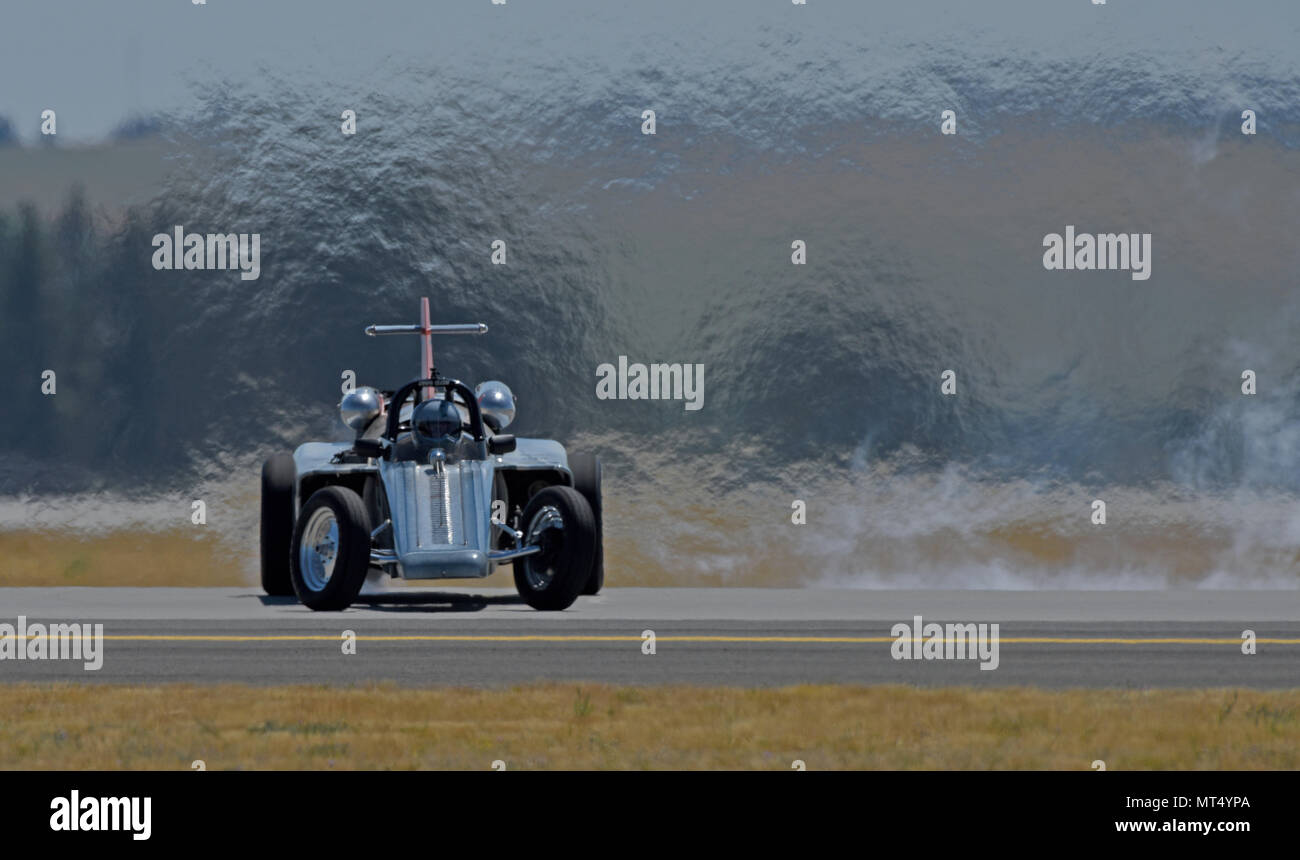


The first sixteen aircraft, including the prototype, were powered by interim J35-A-29 non-afterburning engines. Powered by two Westinghouse J46-WE-8B turbojets. F7U-3 The definitive production version, 180 built. XF7U-3 Designation given to one aircraft built as the prototype for the F7U-3, BuNo 128451. F7U-2 Proposed version, planned to be powered by two Westinghouse J34-WE-42 engines with afterburner, but the order for 88 aircraft was cancelled. F7U-1 The initial production version, 14 built. First flight, 29 September 1948, all three aircraft were destroyed in crashes. The F7U was the last aircraft designed by Rex Beisel, who was responsible for the first fighter ever designed specifically for the U.S. It was a tailless aircraft for which aerodynamic data from projects of the German Arado and Messerschmitt companies, obtained at the end of World War II through German scientists who worked on the projects, contributed, though Vought designers denied any link to the German research at the time. 1 st Flight 1948 The Vought F7U Cutlass was a United States Navy carrier-based jet fighter and fighter-bomber of the early Cold War era.


 0 kommentar(er)
0 kommentar(er)
